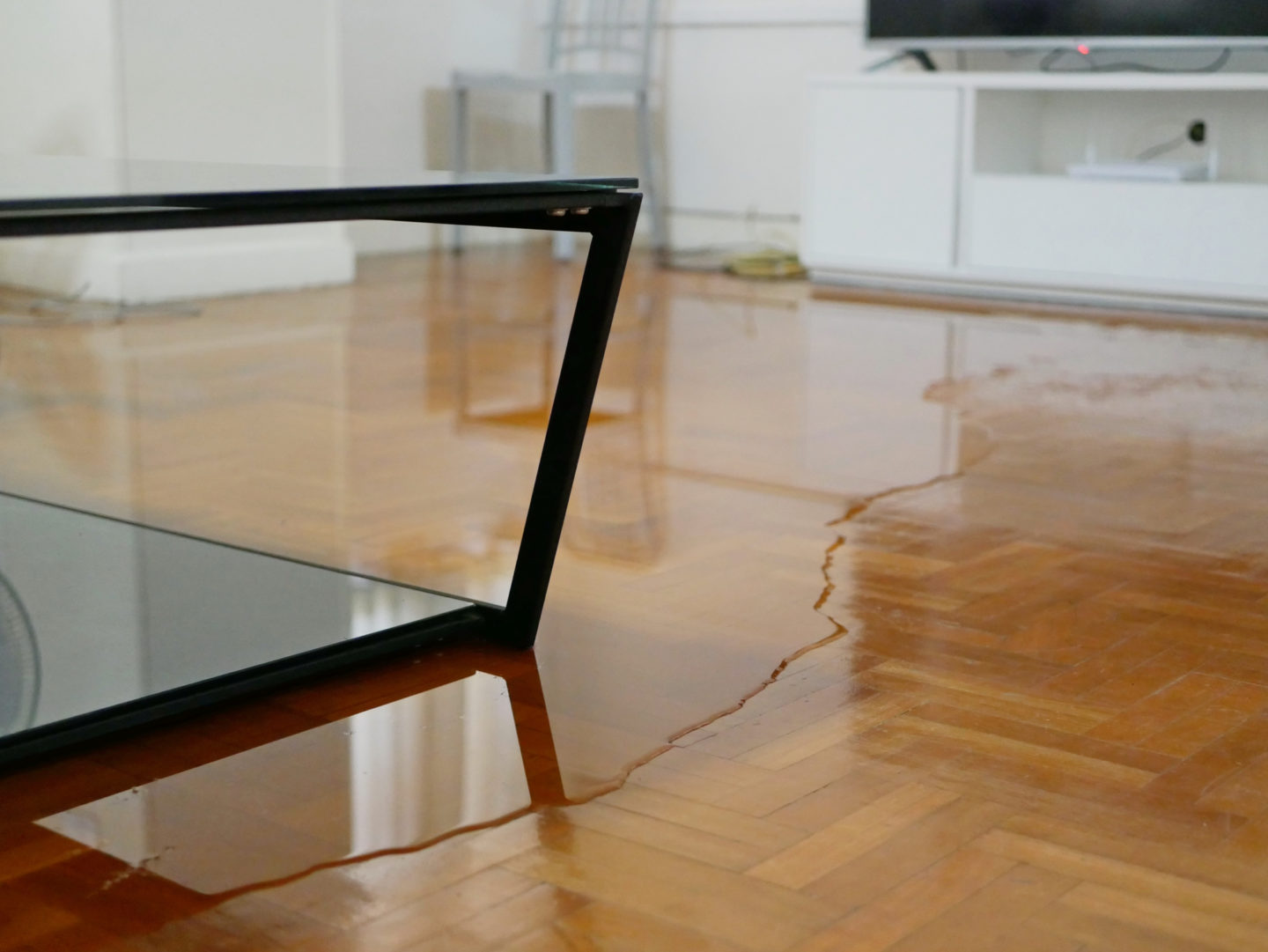6 Water Damage Reconstruction Do's and Don'ts.
6 Water Damage Reconstruction Do's and Don'ts.
Blog Article
Just about everyone has their own individual way of thinking when it comes to Preventing Fires and Water Damage In Your Home.

Though water provides life, water invasion on parts where it's not expected to be can result in damage. If the water saturates right into your framework, it can peel away surfaces and also deteriorate the structure. Mold and mildew and mold likewise prosper in a moist environment, which can be unsafe for your wellness. Residences with water damage smell moldy and also old.
Water can originate from numerous resources such as tropical storms, floodings, ruptured pipelines, leaks, and sewage system issues. In case you experience water damage, it would certainly be good to understand some safety and security precautions. Here are a few guidelines on just how to handle water damages.
Do Prioritize Residence Insurance Policy Protection
Water damages from flood as a result of heavy winds is seasonal. However, you can additionally experience a sudden flooding when a malfunctioning pipeline unexpectedly bursts right into your residence. It would be best to have residence insurance that covers both disasters such as all-natural calamities, as well as emergencies like damaged plumbing.
Do Not Neglect to Turn Off Energies
This cuts off power to your whole house, avoiding electrical shocks when water comes in as it is a conductor. Don't forget to turn off the major water line shutoff.
Do Keep Proactive and also Heed Climate Signals
Pay attention to evacuation warnings if you live near a river, creek, or lake . Doing so reduces potential building damages.
Don't Neglect the Roof
You can avoid rain damage if there are no holes and also leakages in your roofing. This will protect against water from moving down your wall surfaces and also soaking your ceiling.
Do Take Notice Of Little Leakages
A burst pipe doesn't occur over night. Usually, there are red flags that indicate you have damaged pipelines in your home. You might observe gurgling paint, peeling off wallpaper, water streaks, water discolorations, or trickling audios behind the wall surfaces. Eventually, this pipe will certainly break. Preferably, you should not wait for things to intensify. Have your plumbing fixed before it results in huge damage.
Don't Panic in Case of a Ruptured Pipeline
Maintaining your clearheadedness is important in a time of crisis. Panicking will just worsen the issue because it will suppress you from acting quick. Timing is crucial when it comes to water damages. The longer you wait, the more damage you can anticipate. Therefore, if a pipeline bursts in your house, right away turned off your main water shutoff to cut off the resource. Disconnect all electric outlets in the area or transform off the circuit breaker for that part of the home. Call a reputable water damages restoration professional for assistance.
Water offers life, water intrusion on parts where it's not intended to be can result in damage. Houses with water damages smell moldy and also old.
Water damages from flooding charges to hefty winds is seasonal. You might see bubbling paint, peeling wallpaper, water touches, water discolorations, or dripping audios behind the walls. When it comes to water damages, timing is essential.
Are Water Mitigation and Water Damage Restoration the Same Thing?
When are Water Mitigation Services Needed?
Water intrusion can come from small sources like a dishwasher leak or larger ones like rainwater causing inches of standing water in a basement. Other instances of damage that call for water mitigation services include:
Sewer backup, sump pump failure, or clogged toilets Toilet wax seal failure Shower pan corrosion Pipe leaks and ruptures Washer or icemaker line breaks HVAC drain line blockage A leaking roof Moisture behind walls Foundation cracks Mold Mold is a good example to illustrate how water mitigation works. We’ve often found that clients we do mold remediation services for had existing water damage issues that ended up leading to the mold damage. When performing water mitigation we look for what’s causing the water problem and for ways to stop mold before it multiplies and becomes a bigger concern.
Are You Currently Experiencing a Water Disaster?
If you’re in the middle of a water intrusion disaster, here are some important dos and don’ts to follow:
Don’ts:
Safety first! Do not enter a room with standing water until the electricity has been turned off! A regular household vacuum should never be used to pick up water. Never use electrical appliance if standing on a wet floor or carpet. Leave visible mold alone. Dos:
Call a water mitigation professional as soon as possible. Mold and other damage can begin within hours of a water intrusion. Mop and blot up as much water as possible. Remove non-attached floor coverings and mats but leave wall-to-wall carpeting removal to a pro. If there are window coverings like draperies that touch the water, loop them through a hanger and put them up on the rod. Remove wet cushions to dry and wipe down soaked furniture. Move valuables like paintings, photos, and art objects to a dry location. Books should be left tightly packed on shelves until it’s determined if they need specialized drying. Prop open closets, cabinets, and drawers to allow them to air out. https://cfrsfl.com/blog/are-water-mitigation-and-water-damage-restoration-the-same-thing/

As a passionate reader on Safety Tips To Prevent Fire And Water Damage, I imagined sharing that article was essential. For those who appreciated our blog post please don't forget to pass it around. Thanks so much for your time spent reading it.
Report this page